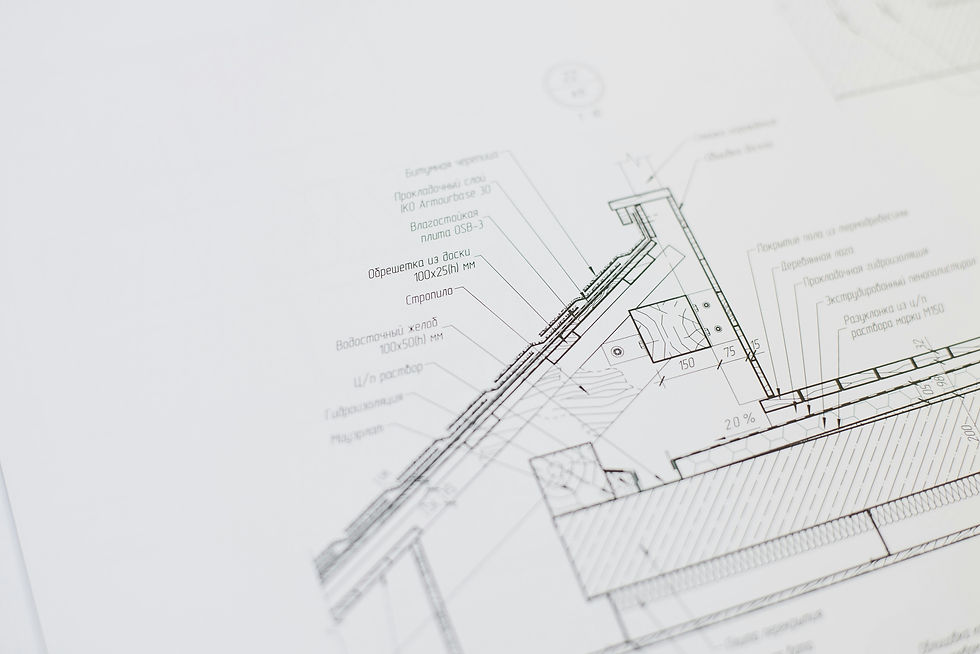Python Programming Assignment Help: 7 Clean Code Practices Every Student Should Follow
- imrankhandigital64
- May 20
- 3 min read

Python programming assignment help can be your secret weapon in mastering not just the logic but the elegance of code. Whether you’re grappling with loops, functions, or complex data structures, adopting clean code practices can elevate your assignments from functional to flawless. In this guide, you’ll discover seven essential techniques—from meaningful variable names to structuring your scripts with readability in mind—that every student should follow.
Imagine unlocking faster debugging, seamless collaboration, and grades that reflect your true understanding of Python’s power. Curious how a few simple tweaks can revolutionize your homework routine? Dive in and explore the strategies that will not only impress your instructors but also set a solid foundation for your future coding journey. Ready to write cleaner, smarter Python? Let’s begin.
1. Use Meaningful Variable and Function Names
Choosing descriptive identifiers makes your code self-documenting. Instead of x or data1, opt for names like student_score or calculate_grade. According to best practices, variable names should convey purpose, be concise, and avoid special characters or Python keywords like for or if.
Quick Tip
Use snake_case for variables and functions (total_marks), and PascalCase for class names (StudentRecord).
2. Follow PEP 8 Style Guidelines
PEP 8 is the official Python style guide. It covers everything from indentation to line length (max 79 characters), import ordering, and whitespace usage. Adhering to PEP 8 makes your code consistent and familiar to other Python developers.
Key Rules
Indent with 4 spaces, not tabs.
Limit lines to 79 characters.
Use blank lines to separate functions and classes.
3. Write Docstrings for All Public Modules, Functions, and Classes
Docstrings serve as the first line of documentation for your code. Every public module, function, and class should start with a clear, concise docstring explaining its purpose, parameters, and return values.
python
def calculate_average(scores: list[int]) -> float:
"""
Calculate the average from a list of integer scores.
:param scores: List of student scores.
:return: Average score as a float.
"""
return sum(scores) / len(scores)
4. Keep Functions Small and Focused (Single Responsibility)
Aim for each function to do one thing and do it well. This Single Responsibility Principle (SRP) reduces complexity and boosts reusability. If a function grows beyond 20–30 lines, consider splitting it into smaller helpers.
5. Use Type Annotations to Clarify Intent
Type hints don’t change runtime behavior, but they make your code easier to understand and debug. Tools like mypy and IDEs can catch mismatches before you run your code.
python
def add(a: int, b: int) -> int:
return a + b
6. Write Unit Tests for Critical Code Paths
Unit tests help you verify that each piece of logic works as intended. Using Python’s built-in unittest module, you can automate testing of core functions and edge cases.
Python
import unittest
class TestMathHelpers(unittest.TestCase):
def test_add(self):
self.assertEqual(add(2, 3), 5)
if name == "__main__":
unittest.main()
Need extra guidance or stuck on a tricky bug? Don’t hesitate—reach out for expert assistance before you hit a deadline. Ready to level up? Python programming assignment help is just a message away.
7. Refactor Regularly and Remove Dead Code
As you iterate, old code can become obsolete. Use version control to safely delete unused functions, classes, or modules. Removing dead code reduces clutter and potential confusion.
Refactoring Checklist
Rename variables for clarity.
Extract repeated code into shared functions.
Delete commented‑out blocks and unused imports.
Run tests after each refactor to ensure nothing breaks.
Conclusion
By following these seven clean code practices—meaningful names, PEP 8 compliance, thorough docstrings, focused functions, clear type hints, robust tests, and regular refactoring—you’ll write Python code that’s not only easier to grade but also easier to build upon in future projects. Remember, writing clean code is a skill honed over time, and support is always available if you need it.
Whether you’re tackling your next lab assignment or gearing up for a capstone project, applying these habits will pay dividends in readability, maintainability, and your own confidence as a budding developer.



Comments